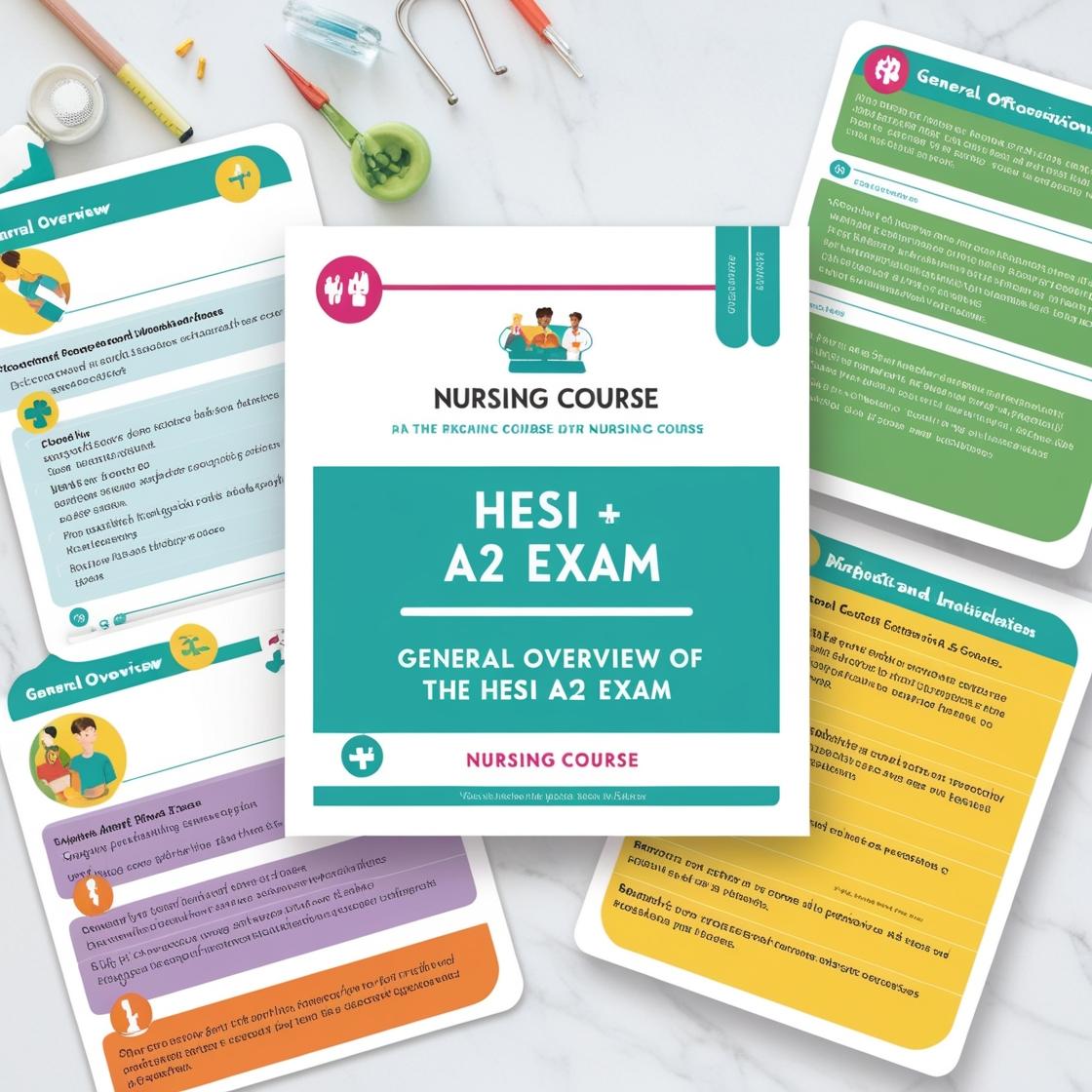HESI A2
HESI A2 Biology Practice Test 2024
1. Where is the site of cellular respiration in eukaryotic cells?
- A. Nucleus
- B. Chloroplasts
- C. Mitochondria
- D. Ribosomes
Correct answer: C
Rationale: The correct answer is C: Mitochondria. Mitochondria are often referred to as the powerhouse of the cell because they are responsible for cellular respiration in eukaryotic cells. During cellular respiration, mitochondria generate energy in the form of ATP. Choices A, B, and D are incorrect. The nucleus is the organelle that houses the cell's genetic material, chloroplasts are responsible for photosynthesis in plant cells, and ribosomes are involved in protein synthesis, not cellular respiration.
2. What type of cell is an animal cell?
- A. Prokaryotic
- B. Eukaryotic
- C. Plant Cell
- D. Bacterial Cell
Correct answer: B
Rationale: The correct answer is B, eukaryotic. Animal cells are classified as eukaryotic cells because they contain membrane-bound organelles such as the nucleus, mitochondria, and endoplasmic reticulum. Choice A, prokaryotic, is incorrect as prokaryotic cells lack membrane-bound organelles. Choice C, Plant Cell, is incorrect as the question specifically asks about animal cells. Choice D, Bacterial Cell, is incorrect as bacteria are prokaryotic cells.
3. What is the process by which cells divide to form two identical daughter cells?
- A. Mitosis
- B. Meiosis
- C. Binary Fission
- D. Cellular Division
Correct answer: A
Rationale: The correct answer is A, Mitosis. Mitosis is the process in which a cell divides to form two identical daughter cells. Choice B, Meiosis, is a type of cell division that results in four non-identical daughter cells with half the number of chromosomes. Choice C, Binary Fission, is a form of asexual reproduction used by prokaryotic organisms. Choice D, Cellular Division, is a general term that encompasses various processes of cell division, but specifically, mitosis refers to the division resulting in two identical daughter cells.
4. What is the main component of blood plasma?
- A. Proteins
- B. Water
- C. Red Blood Cells
- D. Platelets
Correct answer: B
Rationale: The correct answer is B: Water. Blood plasma is composed mostly of water, which acts as a solvent for various nutrients and substances. Choices A, C, and D are incorrect. Proteins are indeed present in blood plasma but are not the main component. Red blood cells and platelets are cellular components of blood, not the main component of blood plasma.
5. What is the main function of the ribosomes in the cell?
- A. DNA Replication
- B. Protein Synthesis
- C. Lipid Breakdown
- D. Cell Division
Correct answer: B
Rationale: The correct answer is B: Protein Synthesis. Ribosomes are cellular organelles responsible for synthesizing proteins. This process is crucial for various cellular functions. Choice A, DNA Replication, is incorrect as ribosomes are not involved in this process. Choice C, Lipid Breakdown, is also incorrect as ribosomes do not play a role in lipid metabolism. Choice D, Cell Division, is incorrect as ribosomes are not directly involved in the process of cell division.
Similar Questions

Access More Features
HESI A2 Basic
$89/ 30 days
- 3,000 Questions with answers
- 30 days access @ $89
HESI A2 Premium
$129.99/ 90 days
- Actual HESI A 2 Questions
- 3,000 questions with answers
- 90 days access @ $129.99
